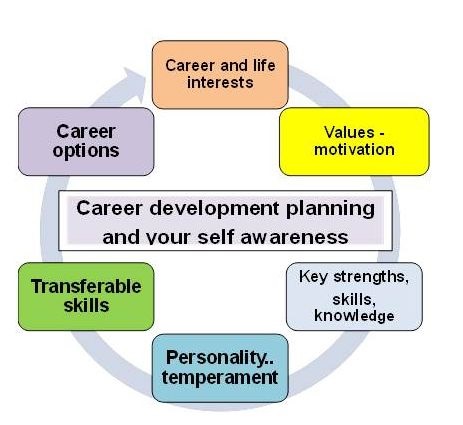
Effective Planning: Turn Plans into Action with These Steps
Introduction
We’ve all been there: we create grand plans, set ambitious goals, and envision a brighter future. Yet, more often than not, those plans remain just that—plans. The journey from planning to execution is fraught with obstacles that can derail even the best intentions. This blog aims to bridge that gap by providing actionable steps to turn your plans into reality. By understanding the importance of execution and learning strategies to overcome common obstacles, you can transform your goals into tangible achievements.
The Importance of Execution
Execution is the critical phase that transforms dreams and plans into reality. Without it, even the most well-thought-out plans are useless, akin to a blueprint gathering dust. Execution brings ideas to life and drives progress. Here’s why it’s crucial:
- Achievement of Goals: Execution is the bridge between your current state and your desired outcome. It’s the action that brings your goals to fruition.
- Learning and Improvement: Through execution, you learn what works and what doesn’t, allowing for continuous improvement and growth.
- Momentum Building: Taking action creates momentum. The more you execute, the more progress you make, which in turn motivates you to continue.
Common Obstacles to Execution
Despite the clear importance of execution, several common obstacles can hinder progress. Identifying and addressing these barriers is the first step toward effective execution.
Procrastination
Procrastination is the thief of time. It’s easy to delay action due to a lack of motivation or fear of failure. Combatting procrastination requires self-discipline and a clear understanding of the consequences of inaction.
Fear of Failure
Fear of failure can paralyze you into inaction. It’s important to reframe failure as a learning opportunity rather than a definitive end. Embrace the idea that each setback is a step toward success.
Lack of Resources
Sometimes, the lack of necessary resources—be it time, money, or skills—can stall execution. Identifying these gaps early and finding creative solutions to address them is key.
Actionable Steps to Turn Plans into Action
Transforming plans into action requires a structured approach. Here’s a detailed blueprint to guide you:
1. Set Clear Goals
Clear goals provide direction and purpose. Use the SMART criteria to set goals that are Specific, Measurable, Achievable, Relevant, and Time-bound. For example, instead of saying “I want to be healthier,” set a goal like “I will exercise for 30 minutes, five days a week for the next three months.”
2. Create a Timeline
A timeline provides a roadmap for your execution. Break down your goals into smaller, manageable tasks and assign deadlines to each. This helps in maintaining focus and tracking progress.
3. Prioritize Tasks
Not all tasks are created equal. Use the Eisenhower Matrix to prioritize tasks based on their urgency and importance. Focus on tasks that are both urgent and important to ensure that critical actions are taken first.
4. Stay Accountable
Accountability is crucial for staying on track. Share your goals with a friend, mentor, or accountability partner who can provide support and hold you responsible for your commitments.
5. Overcome Procrastination
Combat procrastination by breaking tasks into smaller, more manageable steps. Use techniques like the Pomodoro Technique to maintain focus and productivity. Reward yourself for completing tasks to stay motivated.
6. Embrace a Growth Mindset
Adopt a growth mindset, which sees challenges and failures as opportunities for learning and improvement. This mindset fosters resilience and a willingness to persevere despite obstacles.
7. Monitor Progress and Adjust
Regularly review your progress and adjust your plans as needed. Flexibility is key to adapting to new challenges and opportunities. Use tools like journals or project management software to track your progress.
Real-life Examples
Example 1: Thomas Edison
Thomas Edison’s journey to inventing the light bulb is a classic example of execution in action. Despite numerous failures, Edison’s relentless experimentation and execution led to one of the most significant inventions in history. His famous quote, “I have not failed. I've just found 10,000 ways that won't work,” highlights the importance of persistent execution.
Example 2: J.K. Rowling
J.K. Rowling faced numerous rejections before her Harry Potter series was published. Her commitment to executing her vision despite setbacks resulted in one of the best-selling book series of all time. Rowling’s story emphasizes the power of perseverance and execution.
Conclusion
Planning without execution is like a car without fuel—it looks good, but it won’t get you anywhere. Execution is the vital component that brings your plans to life and propels you toward your goals. By setting clear goals, creating a timeline, prioritizing tasks, staying accountable, overcoming procrastination, embracing a growth mindset, and monitoring progress, you can turn your plans into action and achieve success.
Remember, the journey from planning to execution is not always easy, but it is always rewarding. Take the first step today and start turning your plans into reality. The future you envision is within your reach—execute your plans and watch your dreams come true.
Career Options

